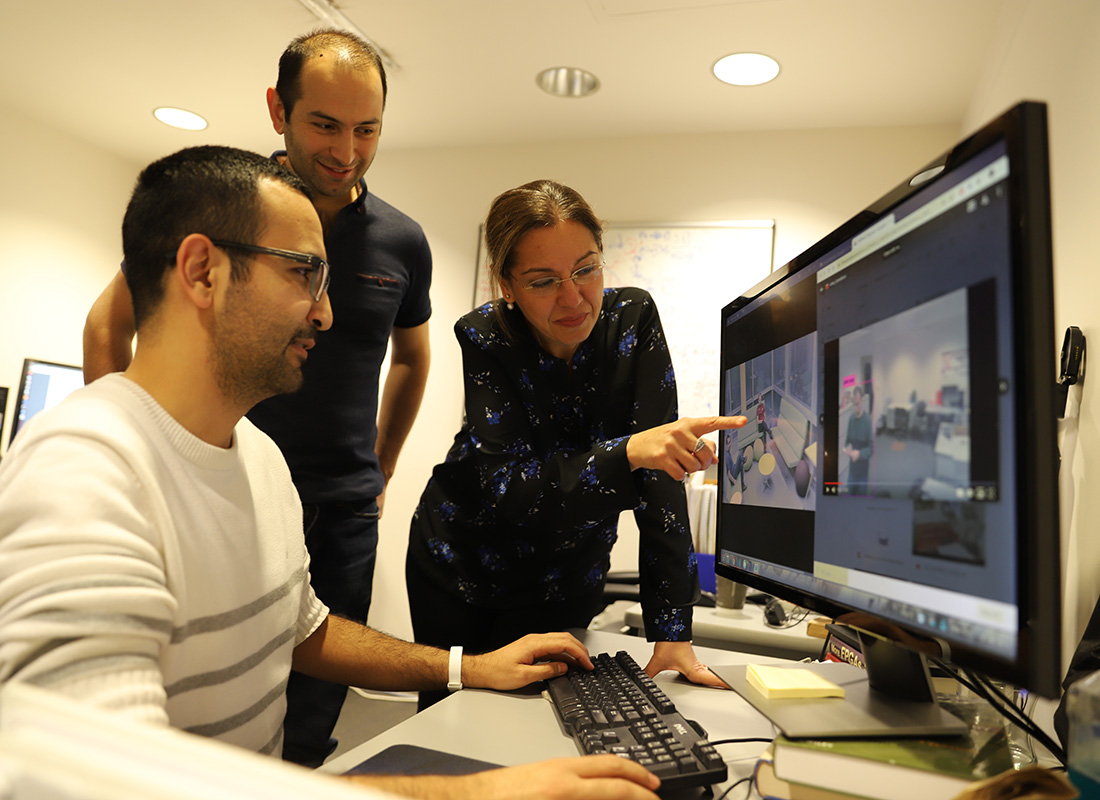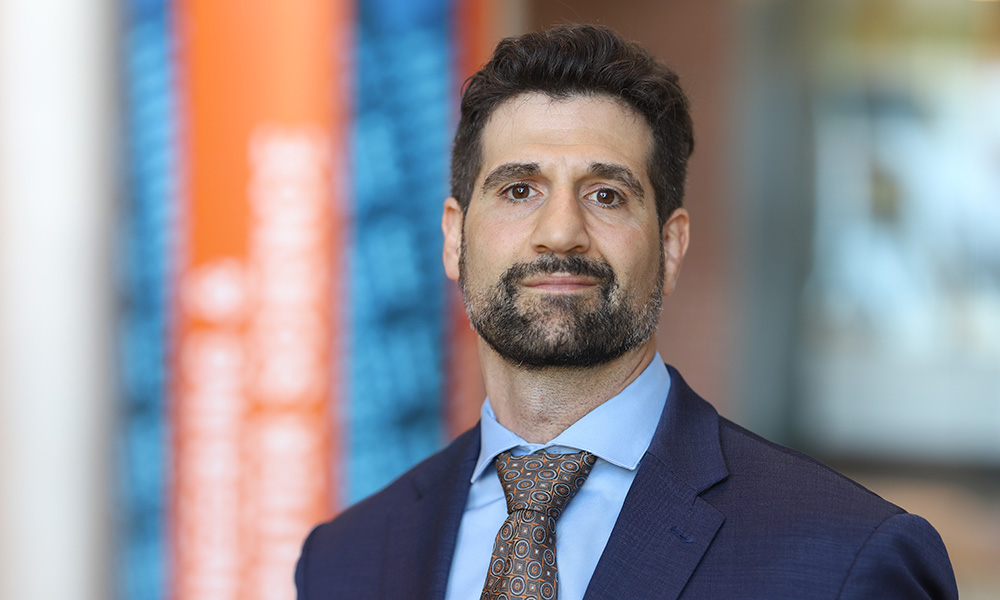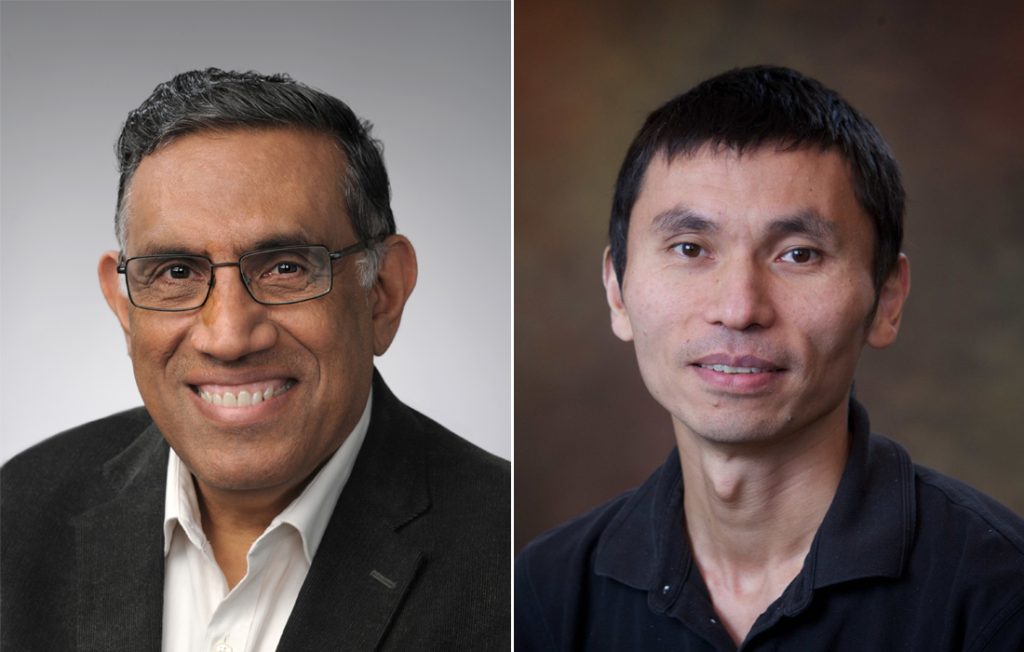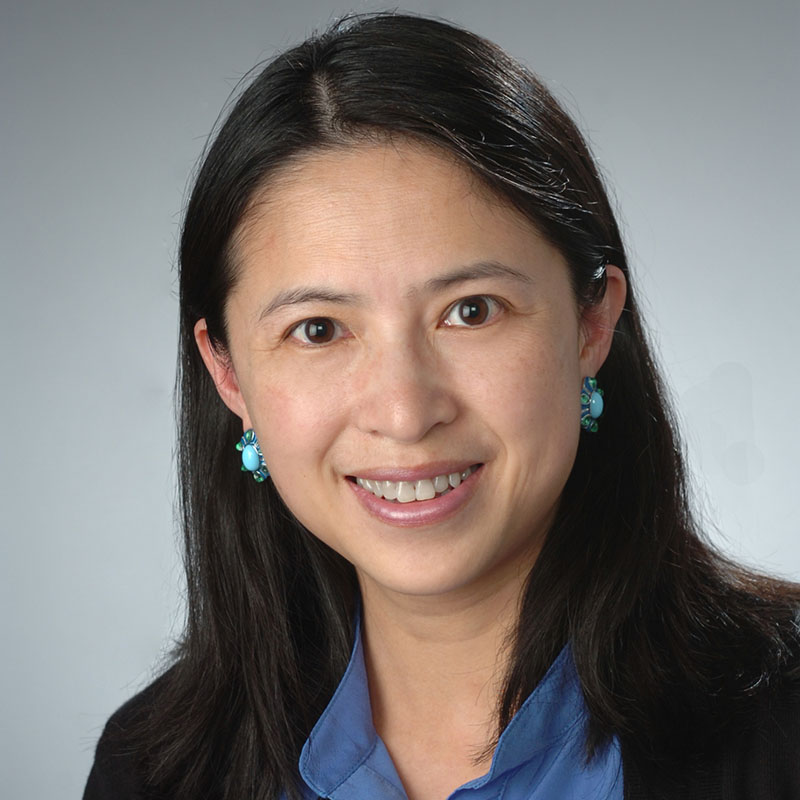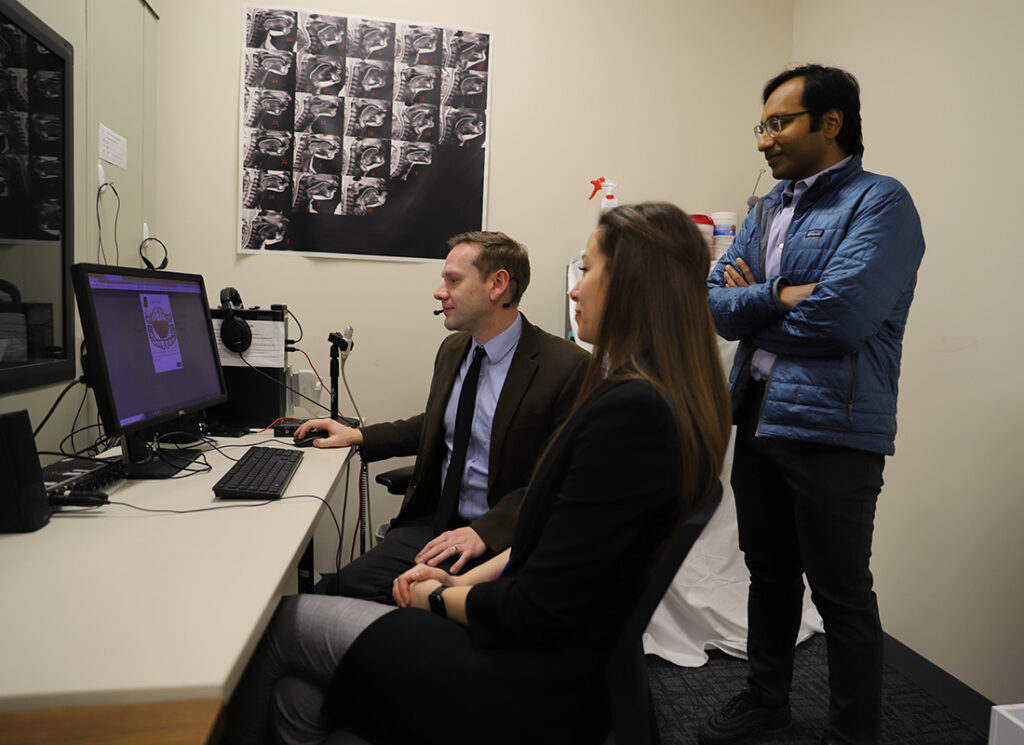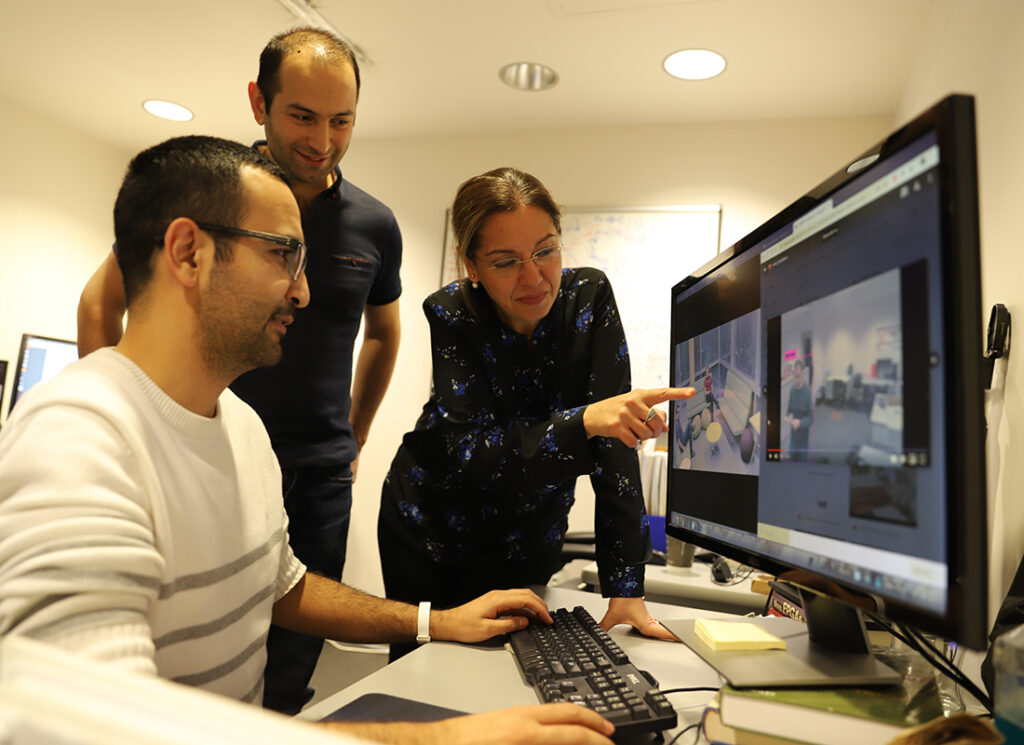Degrees:
- Ph.D. Environmental Engineering, Cornell University
- MSc. Environmental Information Systems, Cornell University
- B.S. magna cum laude, University of Massachusetts, Amherst
Research Interests:
- Disaster response and mitigation
- Hydrometerology and hydroclimatology
- Detection of water from space
- Space/time statistics
- Machine learning/artificial intelligence
- High-performance computing
- Algorithmic bias in water resources management and engineering ethics
Honors:
- NASA-USGS postdoctoral fellow
- USDA-AFRI predoctoral fellow
- Cornell University Graduate Dean’s scholar (2013-2019)
Current research:
Dr. Carter’s research in applied computational hydroclimatology attempts to fuse tools from modern data science with risk assessment in water resources engineering to mitigate social, environmental, and economic impacts of hydroclimatic extremes. Our success in utilizing our water resources infrastructure to reduce damages associated with the variable hydroclimate depends on our ability to diagnose and predict this hydroclimate variability at timescales which are relevant for adaptive management. This task is hampered by spatial and temporal sparsity of observations of hydrologic and hydroclimatic flux, complex patterns of space/time covariability in observations, and extremely low signal-to-noise ratio in hydroclimatic systems at the local scale. My research seeks to combat these obstacles by 1) integrating new sources of observational data, mostly from space-based assets, into diagnostic/predictive frameworks of hydrologic/hydroclimatic flux; 2) grounding data-driven analysis in a physical understanding of the hydrologic system through feature engineering and model diagnostics; 3) developing and utilizing data science algorithms which are appropriate for multivariate space/time systems, and 4) quantifying bias, error, and uncertainty in space/time models. Applications include automatic flood detection from multispectral and synthetic aperture radar (SAR) imagery for disaster response (NASA/USGS/NGA), developing custom hydrometeorological forecasts for adaptive reservoir management, detecting drivers of hydroclimatic variability of the Great Lakes, and quantification of evapotranspiration and groundwater flux from space (NASA/USDA).
Recent publications:
Carter, E., Herrera, D. A., & Steinschneider, S. (2021). Feature engineering for subseasonal-to-seasonal warm-season precipitation forecasts in the Midwestern US: towards a unifying hypothesis of anomalous warm-season hydroclimatic circulation. Journal of Climate, 1-67.
Sleeter, R., Carter, E., Jones, J.W., Eggleston, J., Kroeker, S., Ganuza , J., Dobbs, K., Coltin, B., McMichael, S., Shastry, A., Longhenry, R., Ellis, B., Jiang, Z., Phillips, J., and Furlong, P. M. (2021). Satellite-Derived Training Data for Automated Flood Detection in the Continental U.S.: U.S. Geological Survey data release, https://doi.org/10.5066/P9C7HYRV.
Tonitto, Christina; Woodbury, Peter; Carter, Elizabeth. (2020). Predicting greenhouse gas benefits of improved nitrogen management in North American maize. Journal of Environmental Quality 49 (4), 882-895.
Knighton, James; Pleiss , Geoff; Steinschneider, Scott; Carter, Elizabeth; Lyon,Steven; Walter, M. Todd. (2019). Reproduction of regional precipitation and discharge extremes with meso-scale climate products via machine learning: an evaluation for the Eastern CONUS. Journal of Hydrometeorology.
Carter, Elizabeth; Melkonian, Jeffrey; Steinschneider, Scott; Riha, Susan. (2018). Yield response to climate, management, and genotype: a large-scale observational analysis to identify climate-adaptive crop management practices in high-input maize systems. Environmental Research Letters, 13-11.
Carter, Elizabeth; Steinschneider, Scott. (2018). Hydroclimatological Drivers of Extreme Floods on Lake Ontario. Water Resources Research. 54: 4461-4478.
Carter, Elizabeth; Hain, Christopher; Anderson, Martha; Steinschneider, Scott. (2018). A water balance based, spatiotemporal evaluation of terrestrial evapotranspiration products across the contiguous United States. Journal of Hydrometeorology. 19: 891-905.
Carter, Elizabeth; Melkonian, Jeffrey; Steinschneider, Scott; Riha, Susan. (2018). Spatial gradients in management impact analysis of crop yield response to climate at large spatial scales. Agricultural and Forest Meteorology. 256: 242-252.
Carter, Elizabeth; Melkonian, Jeff; Riha, Susan; Shaw, Stephen. (2016). Separating heat stress from moisture stress: analyzing yield response to high temperature in irrigated maize. Environmental Research Letters. 11-9.
